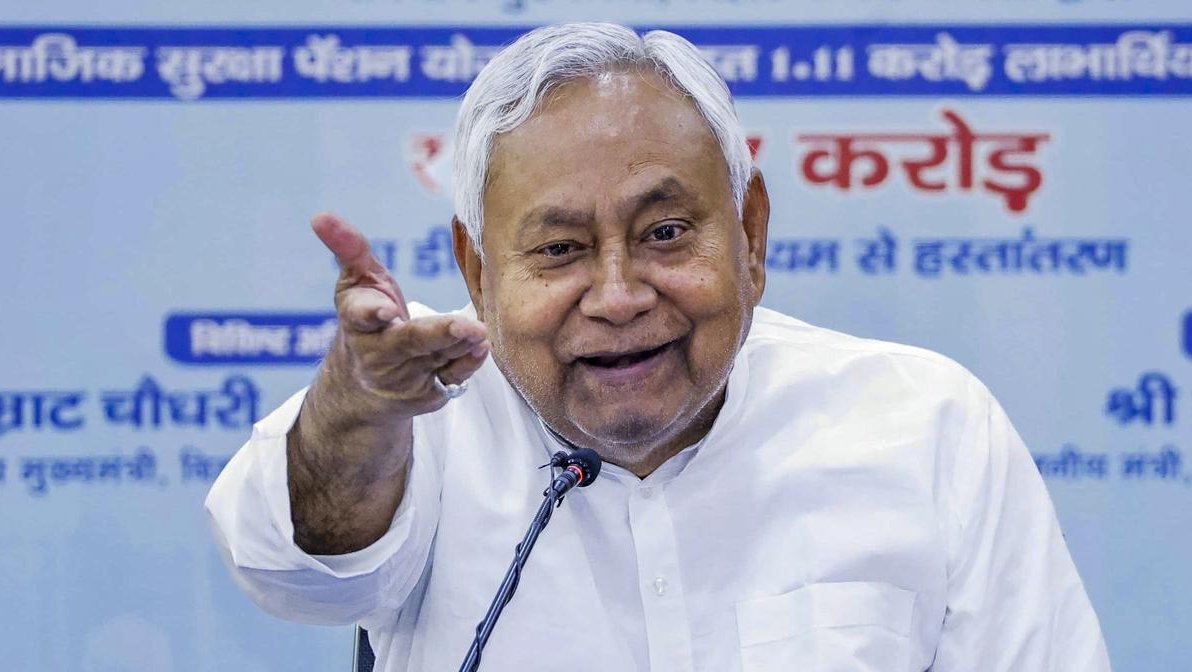Bihar Free Electricity Up to 125 Units: What the Scheme Means for Households
On July 17, 2025, Bihar Chief Minister Nitish Kumar revealed a major welfare initiative—beginning August 1, every residential household in the state will receive up to 125 electricity units per month free of cost. Nearly 1.67 crore households, or approximately 90% of domestic consumers, are covered under this scheme.
In tandem with the subsidy, the state government also cleared a renewable energy plan aimed at installing up to 10,000 MW of solar capacity over three years, with low-cost solar panels for low-income homes and subsidized installations for others.
1. Policy Details at a Glance
-
125 free units any domestic customer consumes each month.
-
Subsidized rates apply beyond 125 units, instead of full tariff.
-
The solar program includes:
-
Fully subsidized rooftop solar for BPL families.
-
Subsidized installations under the state’s solar initiative for other households.
-
2. Why the Policy Matters
This move offers substantial monthly savings for low- and middle-income families. On average, a household consuming 125 units may save ₹400–500 monthly. Such relief can support household budgets significantly.
Politically, the announcement comes on the eve of Assembly elections, strengthening the government’s welfare credentials. Strategically, combining subsidy policy with solar infrastructure supports long-term energy independence and sustainability.
3. Voices from the Ground
Residents across Bihar responded with enthusiasm:
-
From Banka district: “Earlier, ₹400 was spent every month on electricity. Now that expense is gone.”
-
In Patna, a family noted that subsidized solar panels and free units will allow them to redirect funds to essential needs.
Local media reports highlight that citizens expect immediate financial relief, but also have questions about implementation speed and fairness in distribution.
4. Political Response & Opposition Views
Union and state-level leaders from ruling coalitions praised the announcement as timely and necessary. Deputy Chief Minister Samrat Choudhary called it a historic moment, aligning welfare with solar energy goals.
Opposition parties, however, criticized the scheme as a populist tool aimed at wooing voters. They pointed to previous promises—such as offering 200 free units—and questioned whether the current plan is sustainable, citing fiscal pressures and the lack of prior rollout clarity.
5. Fiscal and Logistical Analysis
-
Estimated subsidy burden for FY26: ₹3,800 crore.
-
Solar rollout targets may strain state resources without efficient execution.
-
Rural electrification infrastructure and existing billing processes may face challenges scaling up.
Still, Bihar’s move places it among the few states offering a combined subsidy-renewable package—a rare policy convergence.
6. Broader Implications
| Area | Implication |
|---|---|
| Household Welfare | Substantial monthly savings for most domestic customers |
| Fiscal Sustainability | Requires efficient budget management and solar infrastructure deployment |
| Renewable Energy Strategy | Supports national transition to cleaner energy and state-level net-zero goals |
| Voting Landscape | Potential political advantage heading into election season |
7. Risks and Key Considerations
-
Eligibility clarity: Determining household-level consumption and ensuring correct billing.
-
Billing transparency: Preventing overcharging and ensuring accurate meter readings.
-
Solar rollout efficiency: Installation quality, maintenance, and local workforce training.
-
Sustainability of subsidy: Rising power purchase costs, inflation, and state revenues might affect continuation.
8. FAQs on Bihar Free Electricity Up to 125 Units
Q1. Who is eligible for the free electricity scheme?
All domestic meter holders in Bihar are eligible for up to 125 units free each month.
Q2. When does the scheme start?
It begins from the August 2025 billing cycle (effective for July consumption).
Q3. What happens to consumption beyond 125 units?
Charges apply beyond 125 units, but at a subsidized rate—not full tariffs.
Q4. Is there a solar energy component?
Yes. The government plans to install up to 10,000 MW of solar power. Rooftop panels are free for BPL families and subsidized for others.
Q5. How many households are expected to benefit?
Approximately 1.67 crore domestic households (about 90% of Bihar’s residential power users).
9. Final Take
The announcement of free electricity up to 125 units per month, along with a state-backed solar rollout, represents an ambitious mix of welfare policy and energy transition. For millions of households, the benefits are immediate—monthly cost savings and cleaner energy access. Yet success hinges on equitable implementation, transparent billing, and long-term fiscal discipline.
If executed well, Bihar’s initiative could serve as a model for linking subsidy programs with renewable capacity-building—signaling a new era in state-level energy policymaking.
About TOD News Desk
TOD News Desk is a team of dedicated digital journalists who specialize in breaking down complex news across business, tech, and markets into simple, insightful stories. Our mission is to help readers stay ahead with timely, accurate, and helpful updates that matter.
Suggestions: Reliance Industries Q1 Results 2025: Net Profit Surges to ₹26,990 Cr, Beats Estimates Despite Revenue Dip
Source: The Times of India

One Comment